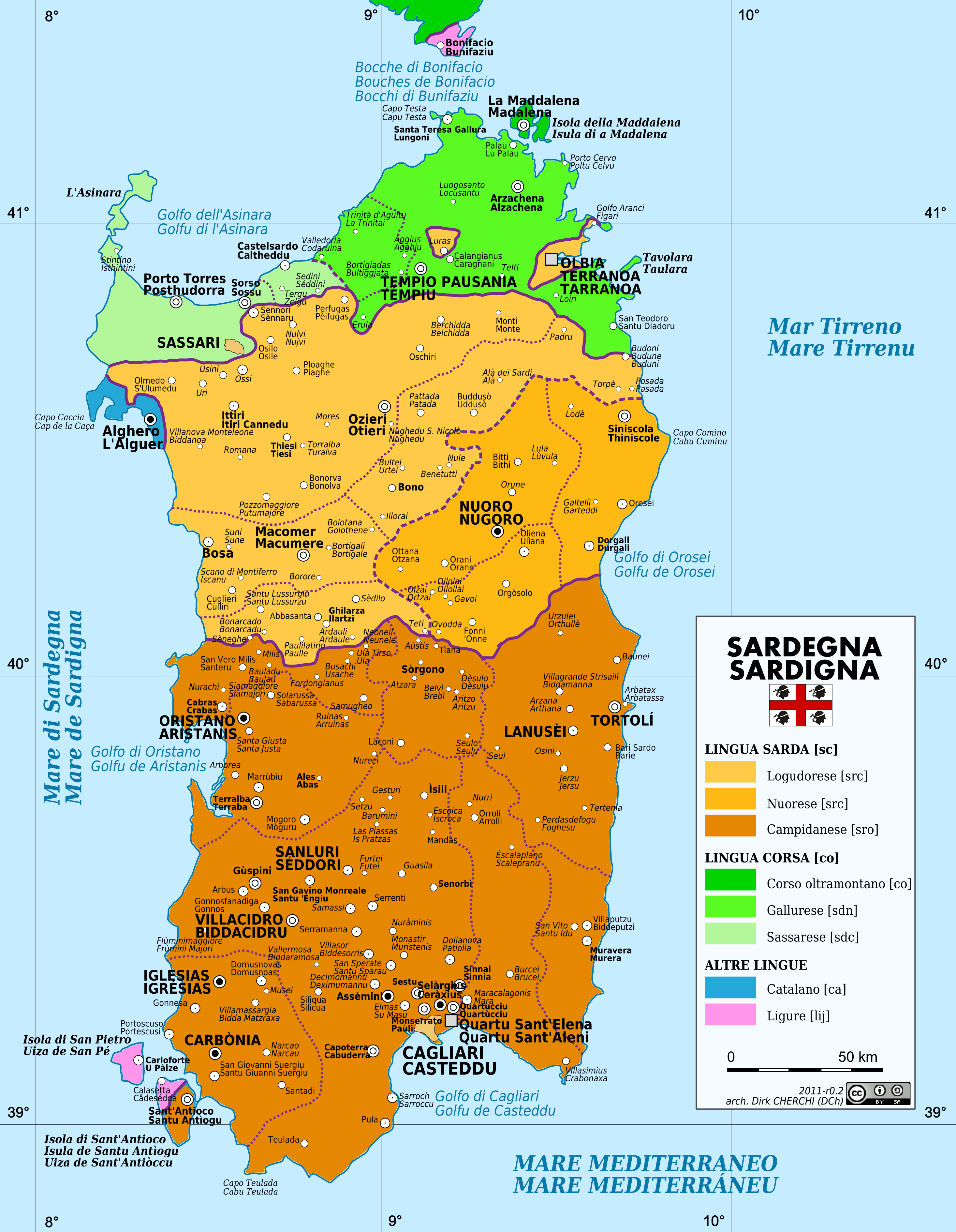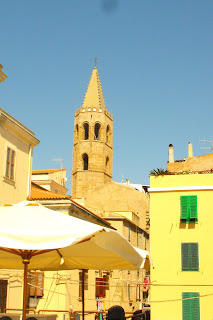When we think about Italy we usually think of pasta and pizzas, la mamma and la nonna, mafia, Luigi Mario and Mario Mario... Believe it or not, Italy is much more than that (Captain Obvious strikes again).
People would usually assume that Spain is a multilingual country, and they'd be right... some would even mention some of the languages spoken here... but I dare you to find in less than 10 minutes 5 people who know some of the other languages spoken in Italy.
Saay whaaat?!
Saay whaaat?!
Yes. There's more languages in Italy besides Italian. In the North-East they speak Slovenian; in Tirol, German; Greek is still spoken in some cities in the South (mostly maintained since the times of the Magna Graecia by the Griko community); Ladin, Ligurian and Provençal in the North-West... and in some parts, the Arbëreshë communities (who arrived in Italy some 400-500 years ago) preserve the Albanian language they brought with them.
And this was just the simplest distinction. The one most people would agree with... because Italy is a multi-dialectal country: each language has its own dialects (some are almost the same and others are not so mutually-intelligible) and the barrier between a language and a dialect is not that clear.
 |
| Languages and dialects in Italy -taken from "trustworthy" Wikipedia. In this case I can say it's quite reliable |
Sardinia
Sardinia is the second biggest isle on the Mediterranean and its complex history hides numerous invasions which left architectural, cultural (and gastronomical, I would also say -you can order paella and crema catalana in most restaurants) and linguistic traces behind. For obvious reasons, Italian language is present all over the isle, but the local language (Sard) is also quite important, but it was endangered in the last few decades. Luckily enough it is now shily reviving.

Thanks to the influence of neighbouring Corsica, Corsican is also spoken in the North. And so is Ligurian in the South-West. And, as you may have guessed from the title of this article and the maps, Catalan is the missing piece in this linguistic puzzle. Yes, Catalan is still preserved in Alghero and the areas surrounding this beautiful Sardinian city. But this is still Italy. In this country, standard forms of language are -more than anywhere else- the imaginary friends of some crazy and utopic linguists... so in Alghero, more than 400-500 kms away from Catalonia, they speak the Algherese dialect.
Flags
The first thing that surprised me as soon as I arrived in Alghero was its flags. I guess that's some sort of obsession I have since I was a kid. I always loved flags and knowing where they were from. I had seen Sardinia's peculiar flag before, but I had never seen Alghero's.
 |
| Sunset over Alghero bay |
As you can see in the picture above, Sardinia's flag is comprised by 4 maures or blackamoors and St. George's cross. Apparently it has two different interpretations:
- It was designed by the king Pedro I of Aragon after the Battle of Alcoraz against the Saracens to celebrate his victory. The legend says that in this battle, Saint George himself appeared miraculously helping them win... and hence his cross.
- It was a banner given by the Pope Benedict VII to the Sardo-Italian troops fighting against the Saracen invasion. But the original banner had inverted colours and it didn't have the four maures either.
The other flag is Alghero's. The official flag is the Senyera, the ensign of the Crown of Aragon and its dependencies (Balearic Islands, Catalonia, Kingdom of Aragon, Kingdom of Valencia, among others). It is comprised of 4 red stripes over a red background. However, there's also another unofficial model I saw in a few houses and places. It takes the official flag (with the city's coat of arms) and on top is written: L'Alguer (the Catalan name of the city) and bellow appears this motto: País Catalá de Sardenya (Catalan Country of Sardinia).
Alghero
Being a plurilingual and historically complex city... it also has numerous exonyms: Alguer in Spanish, L'Alguer in Catalan, S'Alighèra in Sard, La Liéra in Corsican and, obviously, Alghero in Italian. This city was founded by the Genovese in the 1100s and conquered by the Crown of Aragon a century later and it was maintained by the Hispanic monarchy till the 1700s.
Alghero is strategically protecting a white-sanded bay looking West. Needless to say the sunsets are just amazing.
 |
| One of Alghero's beaches |
 |
| Sunset over Alghero. To the left Marco Polo's bulwark and to the right Sulis' bulwark |
Alghero is the fourth biggest city in the isle after Cagliari, Sassari, Olbia, but even so, L'Alguer has less than 45.000 inhabitants, so the old town is relatively small and easy to know.
Strolling around the city walls and bulwarks is a must. The city is completely surrounded by them and they offer amazing views of the bay. Some parts clearly show medieval traces, while others are more characteristic from modern forms of defense. In any case, if you're a bit geeky, just like me... you'll enjoy the view of the real size catapult and trebuchet they have on the West wall.
 |
| View from Bastioni Marco Polo |
 |
| Torre dell'Esperò Rejal or de Sulis |
 |
| The same bulwark from a different angle |
Following the city walls, you'll arrive to the port. These days it's mostly a marina with big and expensive yachts... but still you'll find a few fishing boats. From there you'll be able to take a small boat-trip or take a boat to Neptune's Grotto.


The narrow and shady streets of Alghero are hiding numerous surprises. Small churches and chapels, tiny squares that in spite of tourism haven't lot their identity yet. Houses and buildings with Iberoitalic influences, palazzos... and obviously Alghero's cathedral, built in Catalan-gothic style and its poligonal tower -quite typical from the architecture all over the territories belonging to the Crown of Aragon.
Excuse me if I didn't attach any picture of the cathedral's main gates, but it is a terrible neoclassical nartex from the late XIX century and that, in any case, it was completely scaffoled by the time of my visit.
Palau de Machin, 15th century
|
Palau de Machin, built by Catalan builders is just one of the little treasures hiding in Alghero's streets. To my surprise it was not included in my travel guide... But luckily enough it had a plaque with some basic information about this monument in Italian, English and Catalan.
If you didn't notice yet, the light and colours of Alghero are really special: even if you take a small stroll around the city, you'll have to love it. Are you looking for a sunny place with nice beaches? Alghero is deffinitely a good option. But if you're looking something more Historical and cultural... then... Alghero is highly recommendable!
I promise my next article will be less linguistic and more touristy ;)






No hay comentarios:
Publicar un comentario